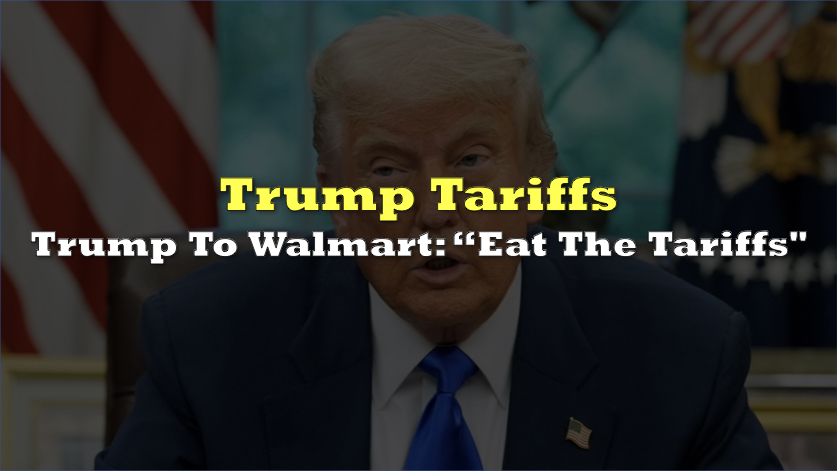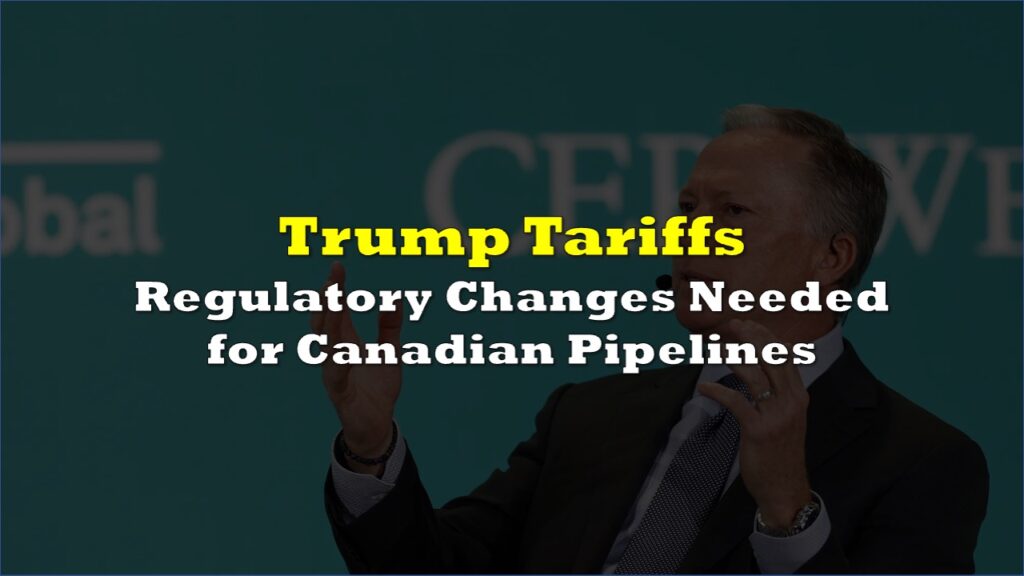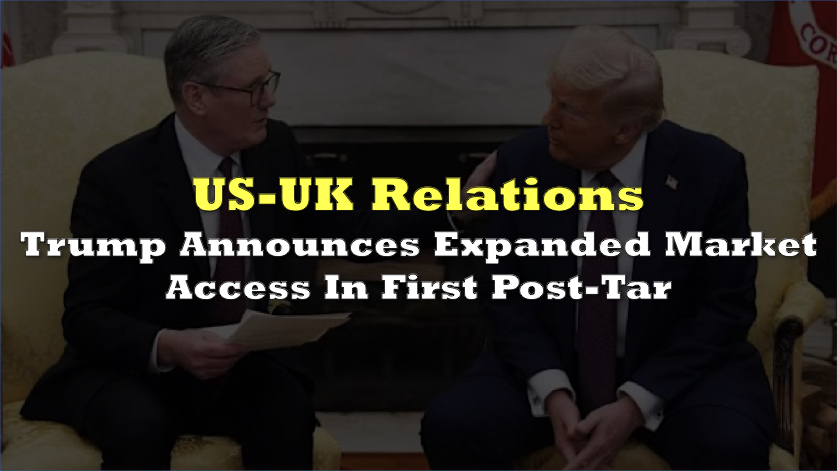Tariffs are back after President Donald Trump announced that he will apply a 25% levy on steel and aluminum imports, building on the duties he first implemented and paused earlier this month.
The move reiterates the 25% tariff on steel Trump first proposed in his previous term but increases the proposed duties on aluminum from 10%. Administration officials say they aim to protect domestic industries they view as critical to national security. Critics, however, warn of increased costs for US businesses that depend on metals imports, from construction firms to automotive manufacturers.
No surprise but Canada and Mexico are among the major suppliers poised to feel the brunt of these tariffs. Data shows that Canada alone provides 3.2 million metric tons of aluminum for US domestic consumption, dwarfing other exporting nations such as the United Arab Emirates and China.

In steel, Canada shipped 6.6 million net tons to the US last year, while Mexico followed close behind with 3.5 million net tons. Combined, these two neighbors accounted for almost 40% of total US steel imports.

The Prime Minister’s Office reportedly withheld immediate comment, but past Canadian responses to tariff increases have included the threat of retaliatory measures on US exports. A senior government source indicated that Ottawa will reserve judgment until a formal, written announcement is issued, echoing an earlier pattern of caution in dealing with Trump’s tariff declarations from previous rounds.
PMJT just arrived back at his hotel but didn’t respond to questions from reporters about the potential steel and aluminum tariffs or Trump’s comments about Canada #cdnpoli pic.twitter.com/te0dHnUSPD
— Mackenzie Gray (@Gray_Mackenzie) February 9, 2025
A senior Canadian government official tells Global News that the PMO has seen Trump’s statement about the steel and aluminum tariffs, but they have no comment.
— Mackenzie Gray (@Gray_Mackenzie) February 9, 2025
“Just like on Jan 20th and Feb 1st, we will wait to see something in writing or more official." #cdnpoli https://t.co/K5PoPRFfCB
While the protectionist policy aims to encourage more domestic smelting, the US aluminum industry represents only 1.73% of global capacity—far below what is needed to meet the nation’s demand. It is feared that the new tariffs could thus raise production costs for many US companies, potentially passing increased expenses on to consumers.
The renewed steel tariffs come at a tense moment for the proposed acquisition of US Steel by Japan’s Nippon Steel. Valued at $14.1 billion, the transaction was initially blocked by former President Joe Biden and is also opposed by Trump, who argues that majority foreign ownership of such a key US steel producer compromises national security.
Earlier in the year, Trump signed a 25% tariff on Canada and Mexico, along with a 10% tariff on China, if the nations failed to address issues such as fentanyl trafficking. Though those threats were subsequently delayed or dialed back, the looming possibility of additional duties underscores the administration’s willingness to intertwine trade policy with geopolitical and security concerns.
Trump has suggested that these so-called “reciprocal tariffs” are answering what he deems unfair duties on American exports, referencing tariffs on US automobiles or agricultural products in certain markets. Observers note that while reciprocity arguments resonate with many American voters who see tariffs as a lever to balance trade, they can also trigger retaliatory measures that further escalate tensions.
Information for this story was found via Reuters, Zero Hedge, and the sources and the companies mentioned. The author has no securities or affiliations related to the organizations discussed. Not a recommendation to buy or sell. Always do additional research and consult a professional before purchasing a security. The author holds no licenses.









